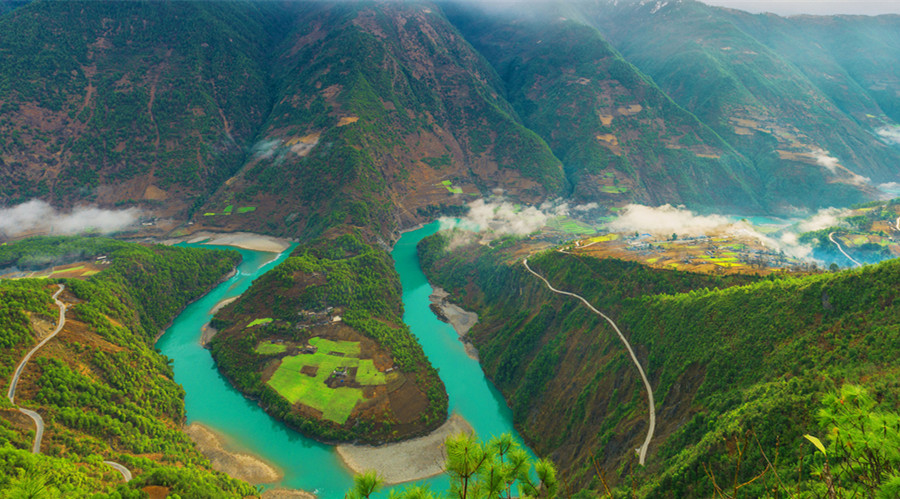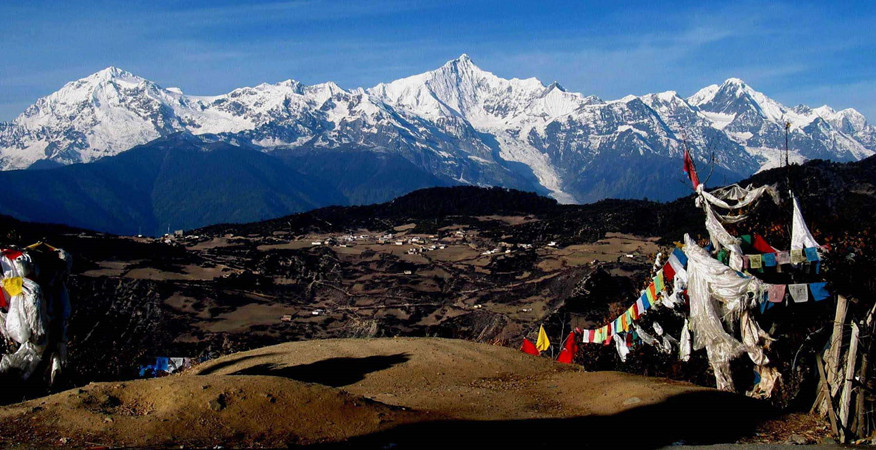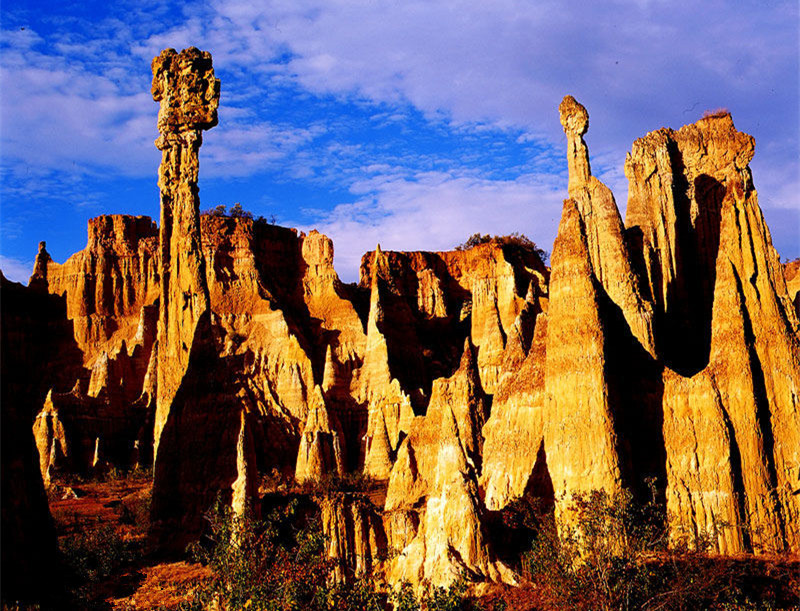
Yunnan Geology and Topography
Yunnan Geology resources contribute a lot to Yunnan tourism, such as the famous Stone Forest, Dongchuan Red Land, Yuanmou Earth Forest and Cluster of Volcanoes in Tengchong, etc.
Yunnan Geology
Yunnan is at the far eastern edge of the Himalayan uplift, and was pushed up in the Pleistocene, primarily in the Middle Pleistocene, although the uplift continues into the present. The eastern part of the province is a limestone plateau with karst topography and unnavigable rivers flowing through deep mountain gorges. The main surface formations of the plateau are the Lower Permian Maokou Formation, characterized by thick limestone deposits, the Lower Permian Qixia Formation, characterised by dolomitic limestones and dolomites, the Upper Permian basalts of the Ermeishan Formation (formerly Omeishan plateau basalts), and the red sandstones, mudstones, siltstones, and conglomerates of the Mesozoic–Paleogene, including the Lufeng Formation and the Lunan Group (Lumeiyi, Xiaotun, and Caijiacong formations). In this area is the noted Stone Forest or Shilin, eroded vertical pinnacles of limestone (Maokou Formation). In the eastern part the rivers generally run eastwards. The western half is characterized by mountain ranges and rivers running north and south.
Yunnan Geological Resources
Yunnan is also a big geological museum. A large number of sauropod dinosaur fossils have been unearthed in the early Jurassic strata of Lufeng County, which are relatively intact. Now a dinosaur museum has been built in the county for tourists to visit. In addition, Maotianshan Shales and Zoolites Sites in Chengjiang County is a “star” in the geological field, because there are a large number of fossils of Cambrian multicellular organisms unearthed here, which are rich in species and well preserved. This strongly proves the existence of “Cambrian biological explosion”. Dongchuan District of Kunming City is also a national famous “debris flow museum”. In the early days, large-scale unscientific copper mining, coupled with the influence of climate, topography and other reasons, formed a large-scale debris flow frequent area, and debris flow phenomenon is typical. There are also many famous karst caves in Yunnan, such as Jianshui Swallow Cave, Alu Ancient Cave, Jiuxiang Cave, Mile Bailongdong Cave and Qingyuan Cave.
Yunnan Topography
Yunnan possesses a mountainous terrain that stretches across the province and reaches a high point of 6,740m at Kawagebo Peak in Deqin. The average elevation is 1,980m. In addition to the vast mountains, Yunnan is also characterized by canyons and rivers, specifically the three parallel rivers that include the Nujiang River, the Yangtze River and the Mekong River. The eastern half of the province is a limestone plateau with karst scenery and unnavigable rivers flowing through deep mountain gorges; the western half is characterised by mountain ranges and rivers running north and south. These include the Nujiang and the Lancangjiang (Mekong). The rugged, vertical terrain produces a wide range of flora and fauna, and the province has been called a natural zoological and botanical garden. There are also many lakes in Yunnan that have provided a foundation for human civilizations for over a million years, most notably Dianchi Lake in Kunming, Erhai Lake in Dali and Lugu Lake in northern Yunnan. In the east, Yunnan covers a limestone plateau with dramatic karst formations and southern Yunnan covers a lush, tropical jungle along the border of Vietnam and Laos.
Famous Geological and Topographical Attractions in Yunnan
- Stone Forest
- Jiuxiang Cave
- Alu Ancient Cave
- Naigu Stone Forest
- Puzhehei Scenic Area
- Yuanmou Earth Forest
- Jianshui Swallow Cave
- Mile Bailongdong Cave
- Rehai Hot Spring in Tengchong
- Cluster of Volcanoes in Tengchong
- Maotianshan Shales and Zoolites Sites
- Lijiang Laojun Mountain National Geopark


















